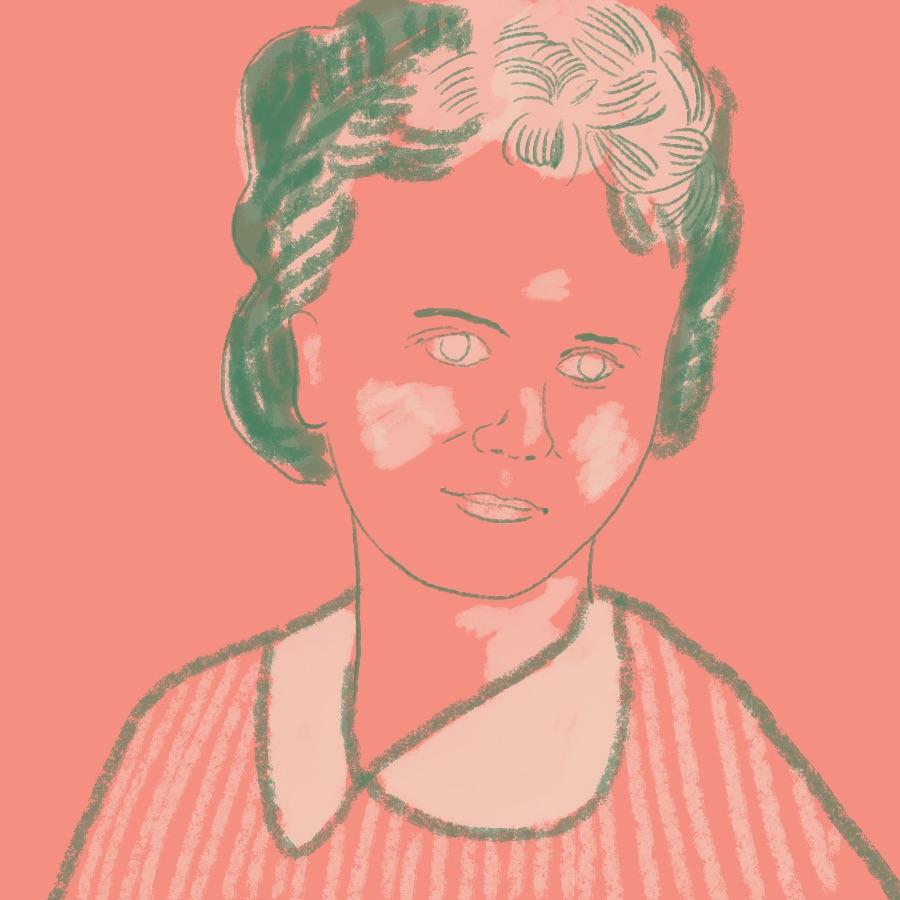Kate Chopin -- Short Fiction




- At The Cadian Ball Pdf. 8/30/2019 Plot Summary: Alcee Laballiere is a male upper-class Creole. He becomes betrothed to his cousin Clarisse. At The Cadian Ball Theme.
- At the cadian ball Start your review of At the 'Cadian Ball The 'Cadian Ball was a social gathering of young Cajuns looking to 'hook up' with a suitable marriage partner. Calixta was a vixen, very beautiful and desirable. Cajun men did not measure up to her standards. Bobinot, however, was smitten with her.
At The Cadian Ball Story
Notes and Discussion Questions
'At the 'Cadian Ball' (1892) -- Discussion Questions:
Why does each person go to the ball -- Bobinot, Alcee, Calixta, Clarisee?
What is the history between Calixta and Alcee?
Why is Alcee attracted to Calixta? Why is Calixta attracted to Alcee? Why is Bobinot attracted to Calixta? Why is Clarisse attracted to Alcee? Why is Calixta seemingly not attracted to Bobinot?
What is Clarisse's role in this story?
Why does Calixta consent to marriage with Bobinot?
Construct the 'social ladder' as it is presented in this story. Who is on top? Who is in the middle? Who is at the bottom? Are there different 'ranks' within each of these three general groups?
What is the central idea or theme?
At The Cadian Ball Pdf
At the cadian ball kate chopin pdf Posted on November 18, 2019 by admin Kate Chopin’s extraordinary Naturalist work “The Storm,” suppressed in her lifetime, as well as its prequel, At The ‘Cadian Ball. Kate Chopin, The Awakening (novel), “At the ’Cadian Ball” and “The Storm” (stories) Discussed in This Unit: Bret Harte, “The Outcasts of Poker Flat” (story) Joel Chandler Harris, “The Wonderful Tar-Baby Story,” “Mr. Rabbit Grossly Deceives Mr. Fox” (stories) Sarah Orne Jewett, “The White Heron,” “The For-eigner. 'At the 'Cadian Ball' by Kate Chopin. Plot Summary: Alcee Laballiere is a male upper-class Creole. He becomes betrothed to his cousin Clarisse. He actually likes.
'At the 'Cadian Ball' (1892) -- Reading Notes:
Kate Chopin At The Cadian Ball Pdf
Hierarchies of Southern Society:
Race
Class
Gender
Southern Louisiana Locale
Courting
Jealousy, Scandal, Affair
Consent to marry without emotion
Acknowledgement of love
Constructions and Interconnectedness of Class Power and Sexual Desire
Superior-Class Status for CREOLES -- (e.g., Clarisee and Alcee) -- They are descendants of the original French and Spanish settlers of Louisiana.
Lower-Class Status for CAJUNS ('Cadians) Telecharger 3ds to cia converter v4 1. -- (e.g., Calixta and possibly Bobinot) -- They are descendants of the French colonists who were exiled from Acadia (in Nova Scotia) by the British in the 18th century. Apparently, they are not considered 'white.' And within the rank of Cajuns ('Cadians'), status is granted according to racial characteristics that are viewed as European rather than African.
Calixta had a Spanish-Cuban mother -- this means more status for her.
Racial characteristics for Bobinot -- European and African -- 'Brown' -- Not considered White.
Lowest-Class Status for BLACKS -- (e.g., Bruce)
Mulatto = 1/2 Black and 1/2 white
Quadroon = 1/4 Black